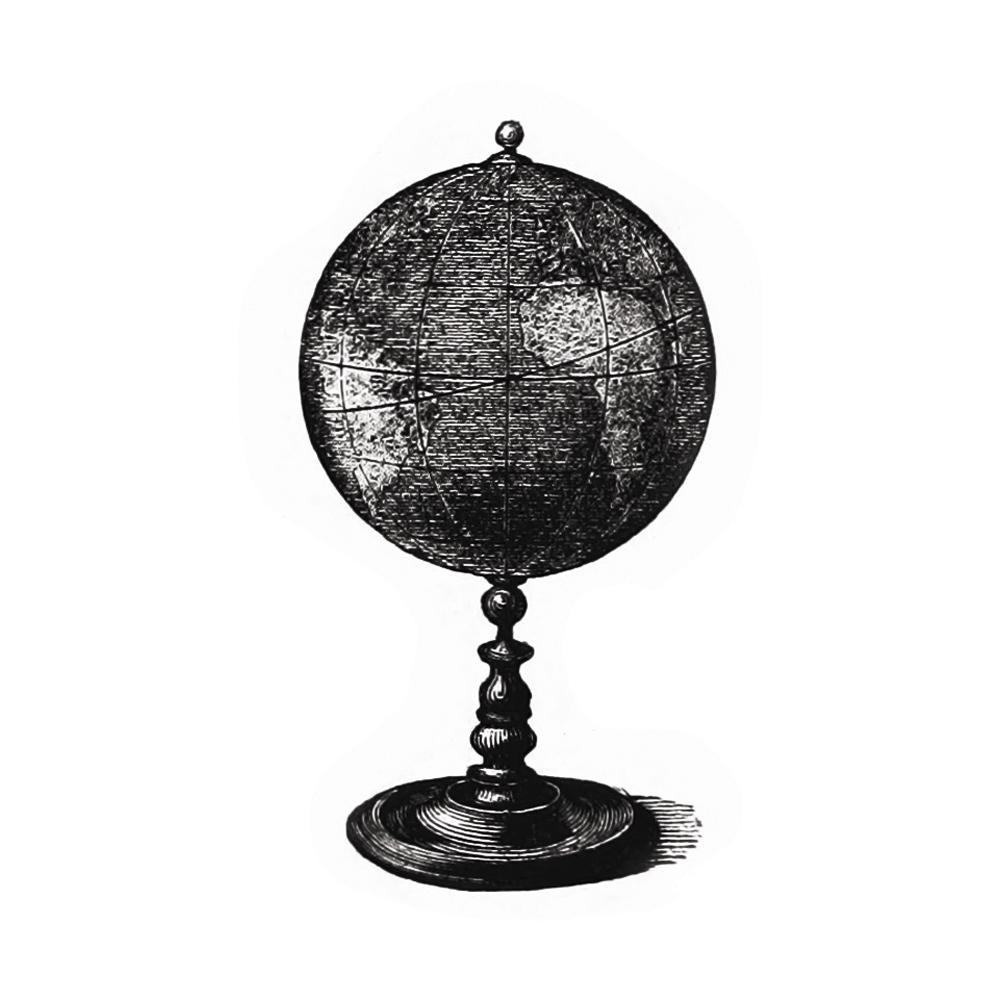You have free articles remaining this month.
Subscribe to the RP Witness for full access to new articles and the complete archives.
This month, let’s take a brief look at Reformed Presbyterian’s global presence. Long-established RP congregations exist in six countries: Australia, Canada, the Republic of Ireland, Japan, the United Kingdom, and the United States. How did each country’s portion of our denomination get started?
The Reformed Presbyterian Church originated in Scotland. Following the Glorious Revolution of 1688, the Church of Scotland again became Presbyterian but repudiated a group of church-state agreements known as covenants. As a result, the most conservative members separated from the church. Although there were thousands of members, they had no minister for many years. Instead, they functioned as a network of independent churches until the 1740s, when the first presbytery was formed. Despite heavy emigration to America, the RPC of Scotland remained strong for the next century. In the 1860s, a few elders and congregations decided that the church was becoming too friendly with the state, so they left and formed another church. When the larger part of the church merged into a larger denomination in the 1870s, the remnant were the only remaining Reformed Presbyterians in the country. After more than a century of decline, the Scottish church has experienced renewal and growth in the last 20 years.
Tens of thousands of Scotsmen settled in northeastern Ireland soon after 1600. Some of them supported the covenants and were supported by the nascent RPC of Scotland, and Scottish ministers soon began crossing the Irish Sea and organizing congregations. The RPC of Ireland was formed in 1763 and quickly grew strong, even though many members left for America. The church existed solely in the United Kingdom until 1922, when most of the island became independent, and a few congregations found themselves on the other side of an international border. In addition to these congregations, the RPC has maintained longstanding mission work in several cities in the Republic of Ireland, including a continuing work in the western city of Galway.
RP settlers were present in the American colonies by the early 18th Century, and the first presbytery was formed in 1774. As the American Revolution wound down, the RPC merged with a similar denomination, the Associate Presbyterian Church, because the differences between the two churches largely derived from church-state issues that didn’t exist in America. However, some members stayed out of the merger, and further waves of settlement allowed the recreation of the RPC of North America in 1798. By 1891, there were more than 10,000 members in the United States, but a split that year started a century-long decline. Since 1987, dozens of new RP churches have been started, and membership has grown by nearly 50%.
Before the American Revolution, most Canadians were Catholics, and the first large wave of Protestant settlement was largely composed of Americans who sought to remain loyal to the Crown instead of supporting the American Revolution. Consequently, Canada was not a favored destination for the anti-British RPC, but eventually congregations formed in eastern Ontario and the Maritime Provinces. These joined the RPCNA in the 1850s and 1870s, respectively. Further waves of British settlement resulted in the formation of a Central Canada Presbytery in 1917. However, the RPCNA was almost exclusively focused on the United States, and by 1970 just two small Ontario congregations remained. Dr. Rich Ganz pioneered work in Ottawa that has led to renewed growth in Ontario and other provinces. Today, there are ten congregations in four provinces. Last year’s Synod agreed to start the process of creating a separate Canadian church.
RPs settled in Australia in the 19th Century, and two ministers came to start congregations in the colonies of New South Wales and Victoria. The minister in New South Wales soon died, but the minister in Victoria formed a congregation in the port city of Geelong in 1858. For 80 years, it was the only Australian congregation, but in the mid-1930s a new young minister began mission work in McKinnon, a suburb of the nearby capital of Melbourne. With two congregations, a presbytery could be formed, and the Australian church became independent of the Irish church in 1974. Two congregations have been formed in other Melbourne suburbs: Sunbury (closed in 2006) and Frankston.
North American missionaries began working in China in the 1890s, but they were driven out by the Communist conquest in 1949. After a period of uncertainty, they started settling in the Japanese city of Kobe and working to establish a Japanese RPC. Work has been slow, as Japan is a difficult field for Christian missions, but a presbytery was formed in 1995. It maintains its own seminary, Kobe Theological Hall. The four Japanese congregations remain a part of the RPCNA, but the concept of them becoming independent has been discussed repeatedly in recent years.
